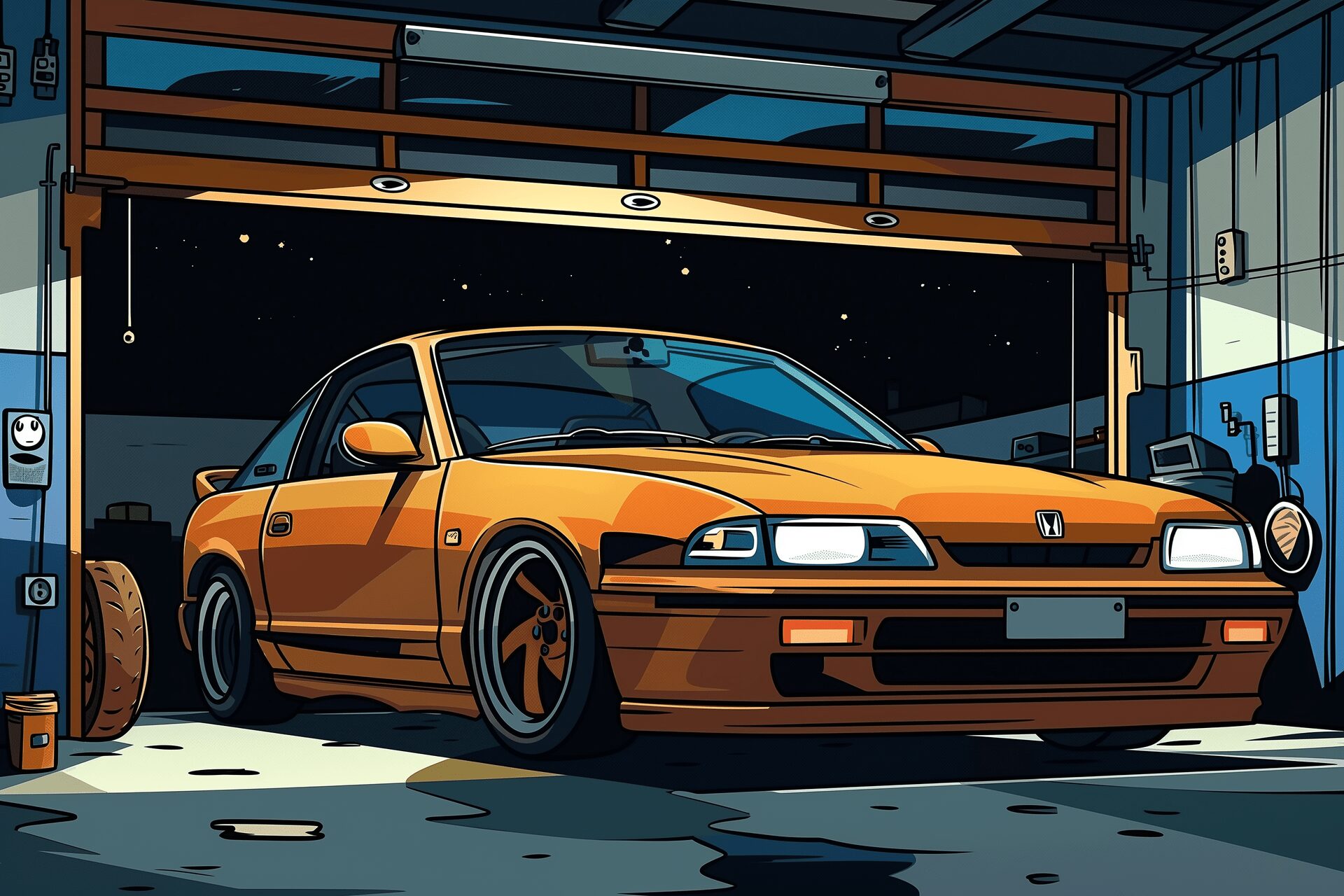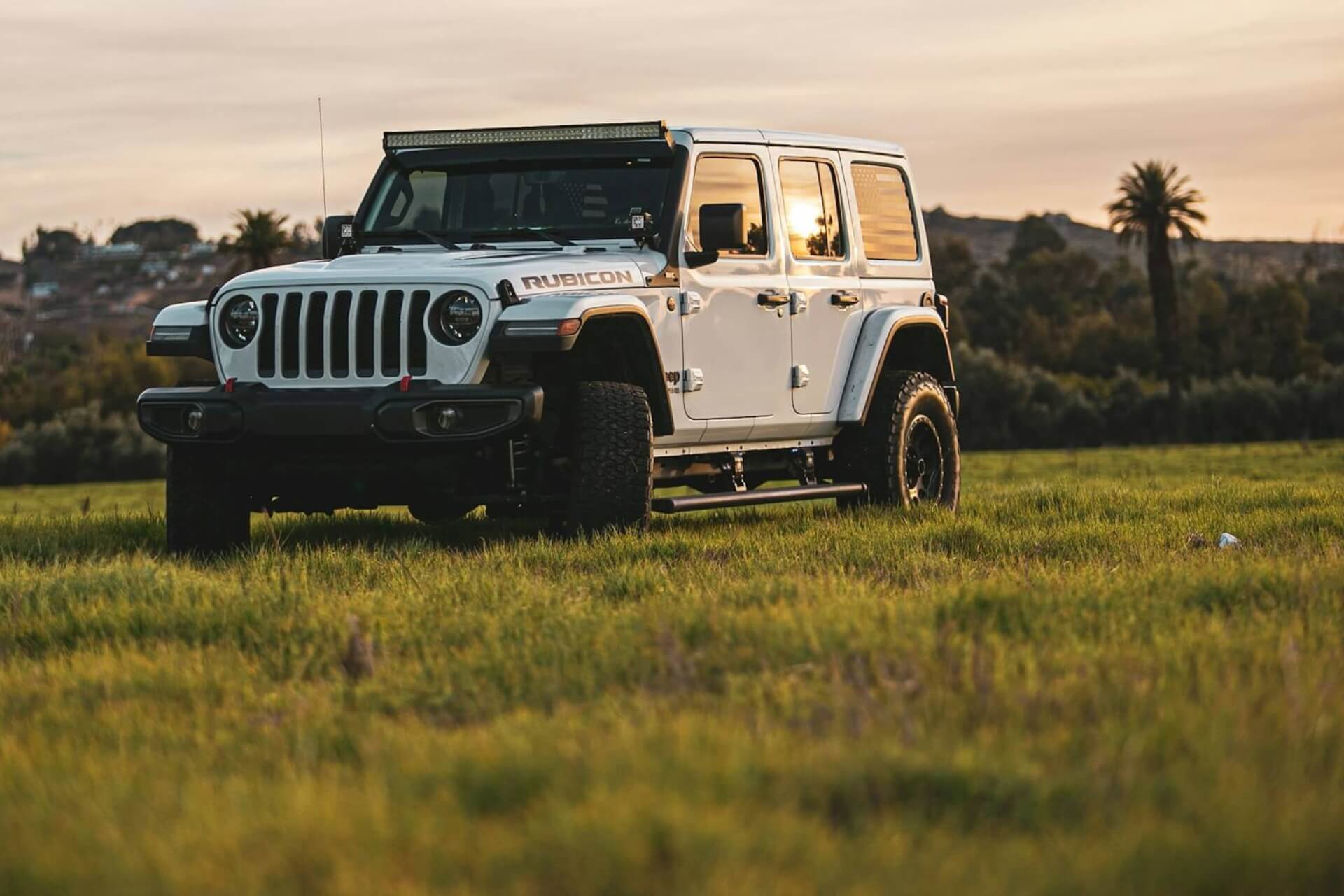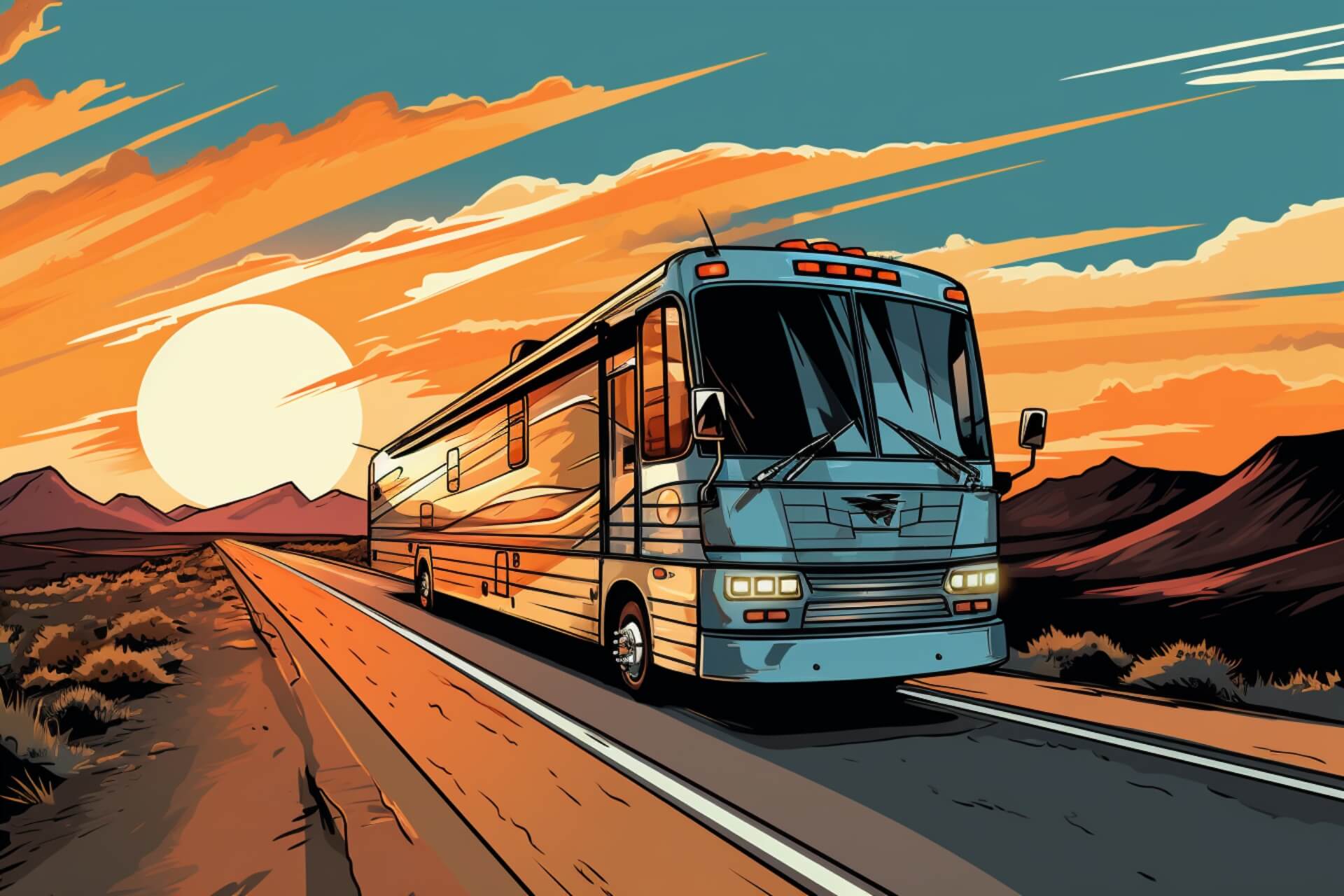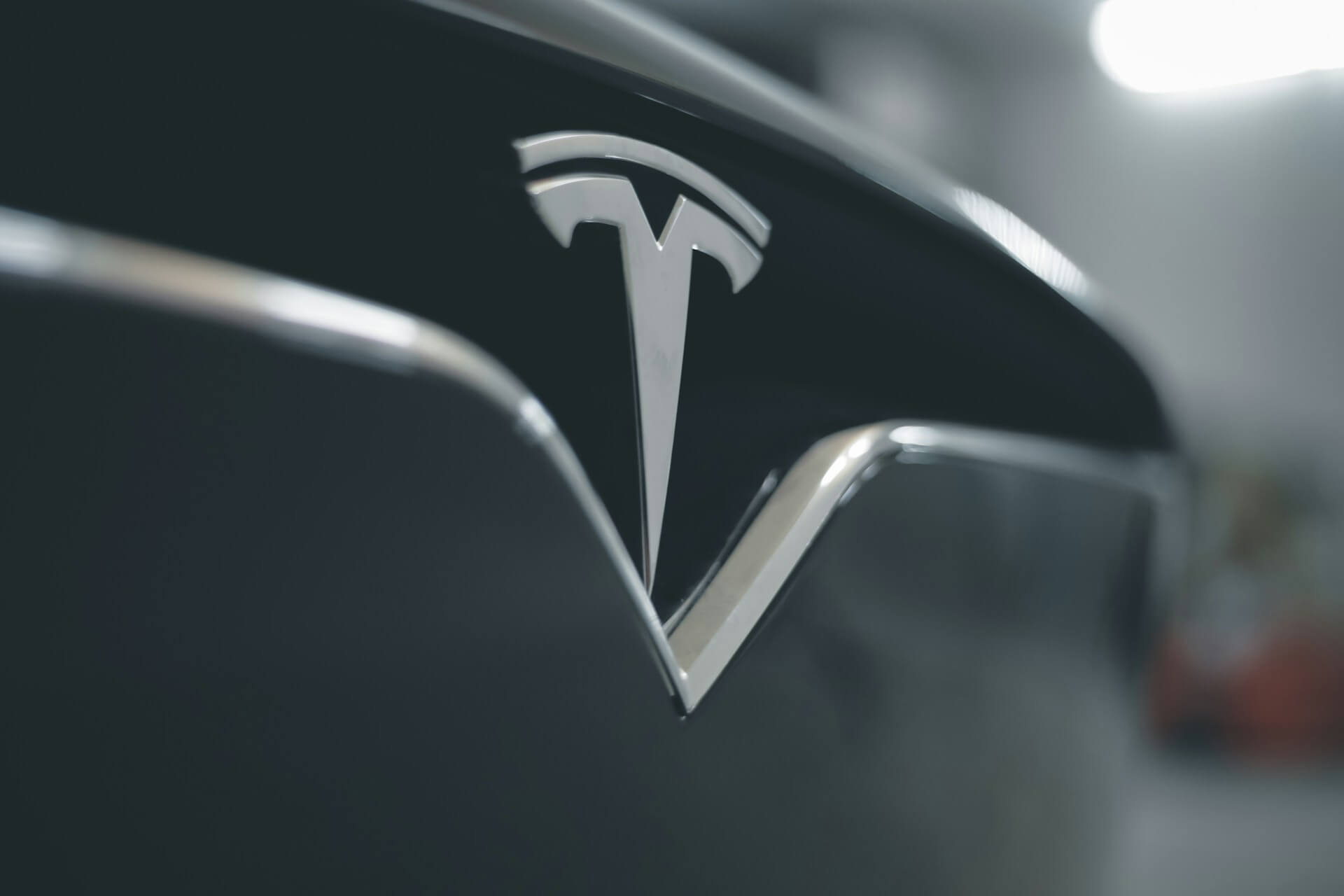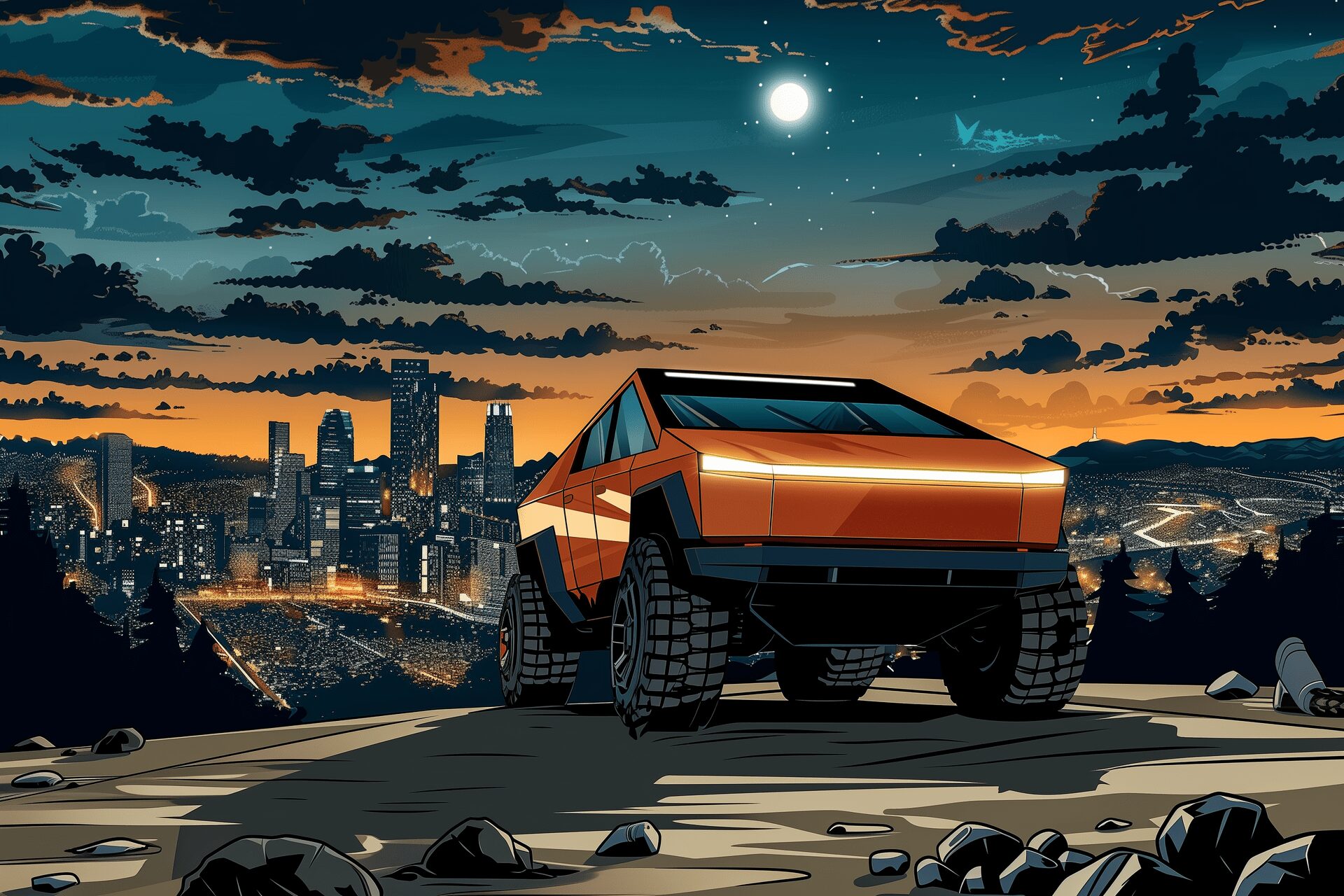Are J-Turns Bad for Your Car?
Sep 22, 2021
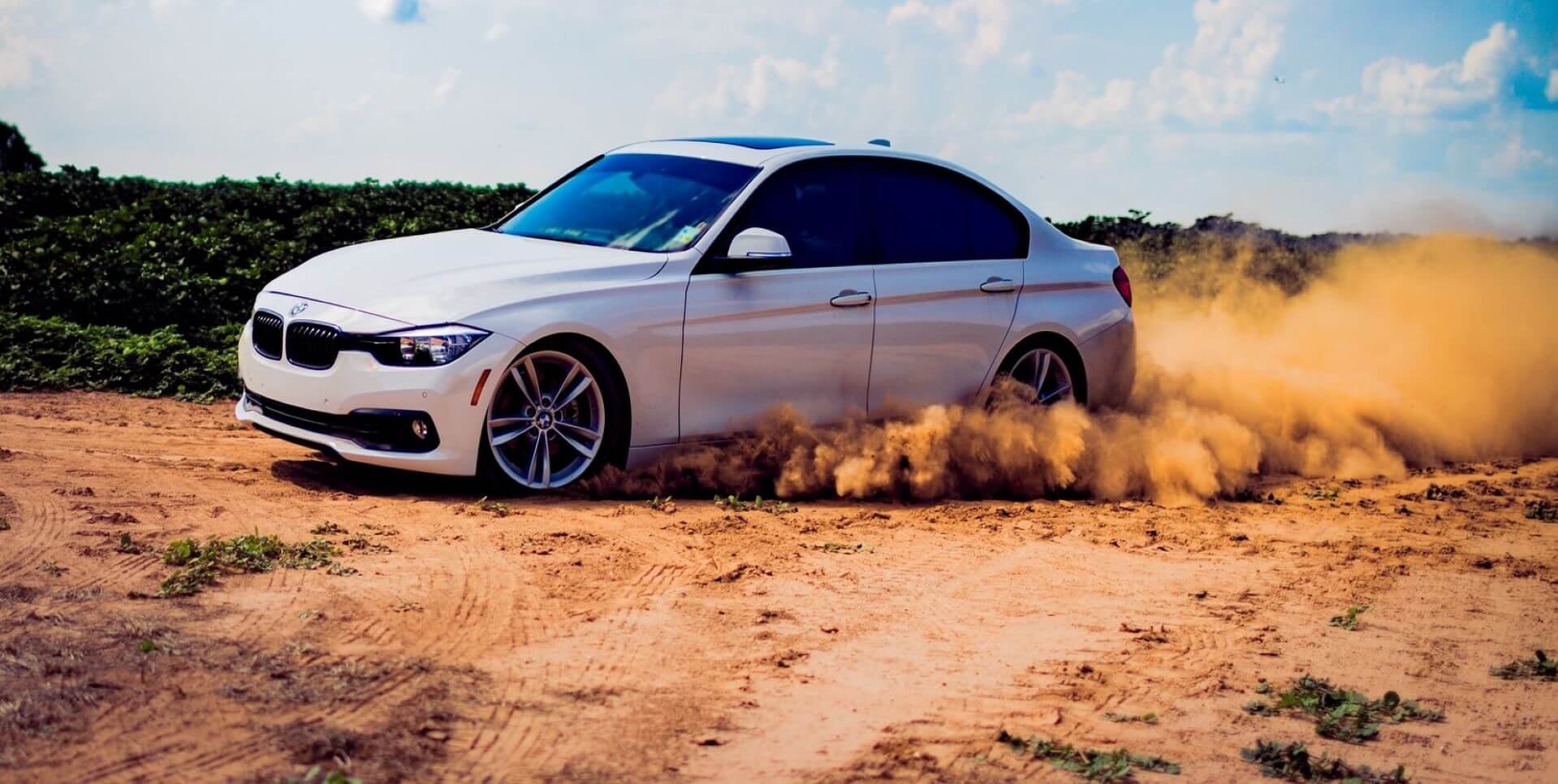
As an Amazon Associate, Modded gets commissions for purchases made through links in this post.
Have you ever been driving somewhere and suddenly there’s an obstruction up ahead? In that case, you want to make a quick turn.
A J-turn is a type of maneuver that could be used if performed safely. However, you might be wondering: Are J-turns bad for your car?
What’s a J-turn?
A J-turn is when you reverse your car, spin it around quickly, and then drive off facing forward. Performing this type of maneuver takes practice. You want to know how to handle any skidding. When trying this turn for the first time, start in an empty parking lot or open space. Also, look for a smooth, low-friction surface for better results.
Here are the steps for completing a J-turn:
- Check your surroundings and turn off your electronic stability program (ESP).
- Put your car in reverse and get up to between 17 and 20 mph.
- Push up the clutch, hit your brakes hard, and spin the steering wheel one complete revolution.
- Once the turn is approaching 90°, start to straighten up the wheel.
- Put your car in second gear and lift the clutch once you’re facing forward.
Why J-turns Can Be Bad for Your Car
Once you understand what a J-turn is, you may ask yourself: are J-turns bad for your car?
J-turns can wear down important vehicle parts, such as your suspension and brakes. When turning quickly, it puts extra strain on your tires. This can also shorten the lifespan of essential components, such as your steering rack.
Also, to perform the J-turn, you need to brake hard before spinning around. Hard braking can wear down your brake pads or cause rotor issues. Another thing to keep in mind is that shifting gears suddenly can damage your drivetrain. It can also lead to problems with your engine or transmission.
Also, when making a sharp turn, if not careful, you can start to skid. This can put pressure on your wheels, bearing, and control arms. Extreme skids can even bend your suspension or blow a tire. To check for damage, drive at low speeds while listening for any rattling noises. Keep in mind you don’t want to drive more than a few hundred feet on a flat tire.
Also, if you perform a J-turn, the stopping and starting motion can overheat your engine. If you notice any smoke, first determine the color to diagnose the problem. For example, black smoke can indicate a clogged air filter.

Is Making a J-Turn Dangerous?
Besides J-turns being bad for your car, they can also be unsafe to perform with other vehicles or people around. Since they involve a reverse motion, they shouldn’t be performed on a busy highway. Also, if you aren’t in control of the vehicle, you could spin out, potentially injuring yourself. This is why you should first practice the maneuver at slower speeds.
The type of vehicle you drive can also play a role. Driving a car with a longer wheelbase allows you to pivot slower for better control. Manual drive vehicles are also better for performing this type of turn. These vehicles allow you more control so you can quickly shift gears. Having control is important when making precise movements.
Also, keep in mind that rear-wheel-drive is best for drifting. These vehicles are often easier to steer with more even weight distribution. Consider making upgrades to your radiator and clutch for better control. Also, look for wider, low-tread tires for a better grip.
When Are J-turns Safe?
Along with wondering whether J-turns are bad for your car, you may want to know when you can perform them. First, you want to ensure there are no cars behind you or pedestrians within the area. This maneuver is typically shown in tactical driving courses for people dealing with emergencies since they may need to make sudden turns to avoid obstructions in the road.
J-turn are also commonly seen in action movies during car chases. Therefore, keep this move to a minimum and perform it only in a controlled environment.
J-Turn Intersections
Some states are even implementing J-turn-style intersections to improve highway safety. These intersections help drivers avoid crossing multiple lanes when turning left. Instead, drivers turn right to merge with the traffic and then move into the left-turning lane. This can prevent collisions and decrease waiting time.
So, J-intersections are useful for wider highways with more traffic. One state adopting this type of layout is Missouri. The design has resulted in a 25% reduction in crash frequency.
Deciding Whether J-Turns Are Bad for Your Car
J-turns look cool in movies, so you may be tempted to try the move. Before starting, however, it’s important to ask: are J-turns bad for your car? J-turns can cause wear and tear to essential parts, such as your tires or suspension. Also, keep in mind that you want to perform this turn on an empty road and only in extreme cases.
